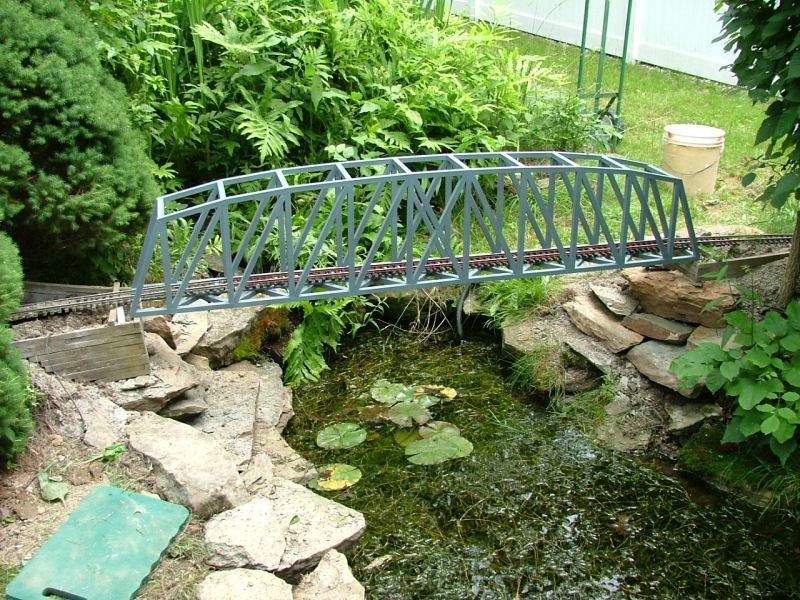Sorry if this is a double post…I did something to close out earlier…
Anyway, I need to replace a truss that is showing signs of wear and has a habit of catching trains. I found plans for a 24" long deck bridge in the June 2003 GR, which should do. This is my first crack at a project like this, to include my first significant use of our little table saw, so I am going to build this exactly to plan, if possible. I’ll also use a composite (I found something called “fiberon” at Lowe’s) rather than wood for the sake of durability. The bridge is set back enough that the loss of wood grain will not be an issue.
Before I start cutting, I had a quick question about the length. I have 17" between the abutments, meaning the bridge will be 3-4" longer on each side. In the picture below, I’ve pulled the tape measure to 24":
Is that going to be enough? Or should I extend the bridge a bit more? The track starts to curve just off to the left, so there is not that much room.
Thanks for the help in advance!
Eric






